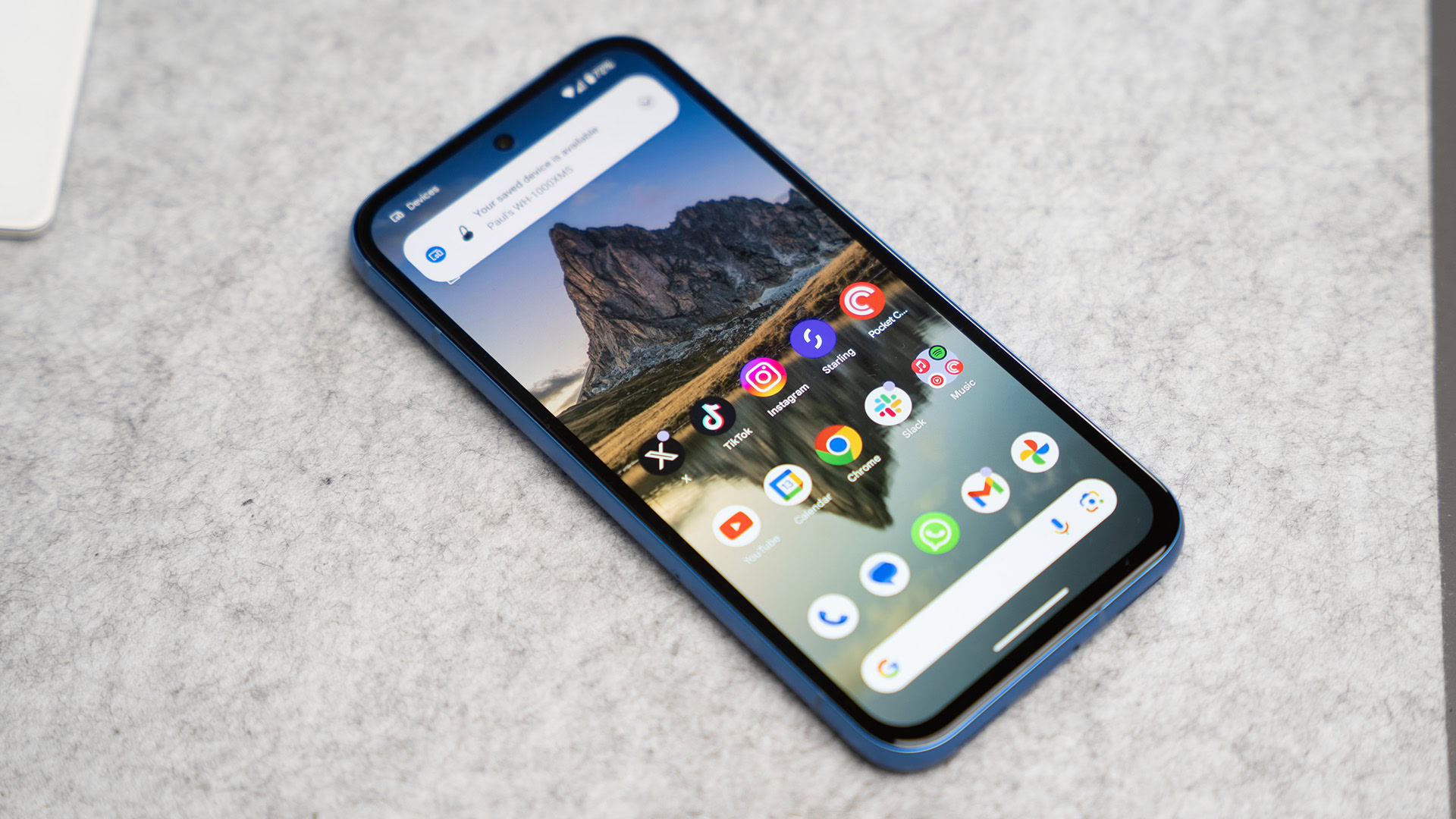Affiliate links on Android Authority may earn us a commission. Learn more.
Android 15 can automatically adjust vibration strength on Pixels

- A new “adaptive vibration” feature has appeared on the latest Android 15 beta for Pixel phones.
- This feature uses your phone’s microphone and other sensors to determine the sound levels and context.
- It then automatically adjusts your phone’s vibrations based on your environment.
Earlier today, Google rolled out the second beta release of Android 15. Android 15 Beta 2 brings a load of new features, many of which Android Authority previously revealed. However, the new release has some features that we didn’t anticipate, such as a new “adaptive vibration” feature that’s quietly gone live for many Pixel users.
Under Settings > Sound & vibration > Vibration & haptics in Android 15 Beta 2, there’s a new adaptive vibration option. This setting appeared for multiple Pixel 7 Pro and Pixel 8 Pro users, so it doesn’t seem to be limited to just one model. According to its description, adaptive vibration “automatically adjusts your phone’s vibrations based on your environment.” It does this by using your phone’s “microphone and other sensors” to “determine sound levels and context.” To preserve privacy, “no data is recorded.”
Android includes a helpful animation on the adaptive vibration page that explains what the feature does. The animation shows that, when the feature is enabled, your phone’s haptics will vibrate more intensely when your phone is on a couch and less intensely when it’s on a table. This makes sense, since the cushions on a couch can dampen your phone’s vibrations, so it needs to vibrate harder to compensate. On the other hand, your phone’s vibrations can cause other objects on a table to rustle, so reducing the intensity of the haptic motor might be necessary.
It’s not clear what sensors other than the microphone are used to adjust your phone’s vibration intensity, but we’re hoping this feature works well because of its obvious benefits. Google didn’t mention adaptive vibration in any of its marketing material for Android 15 Beta 2, so it’s possible it didn’t intend for it to launch in this release. In fact, I saw strings for this feature in an earlier beta release but thought it wouldn’t go live before the launch of the Google Pixel 9 series.
If you’ve installed Android 15 Beta 2 on your Pixel phone, let us know if the adaptive vibration feature works for you and what you think of it!
Thanks to Telegram user Arseniy Graur for the tip!